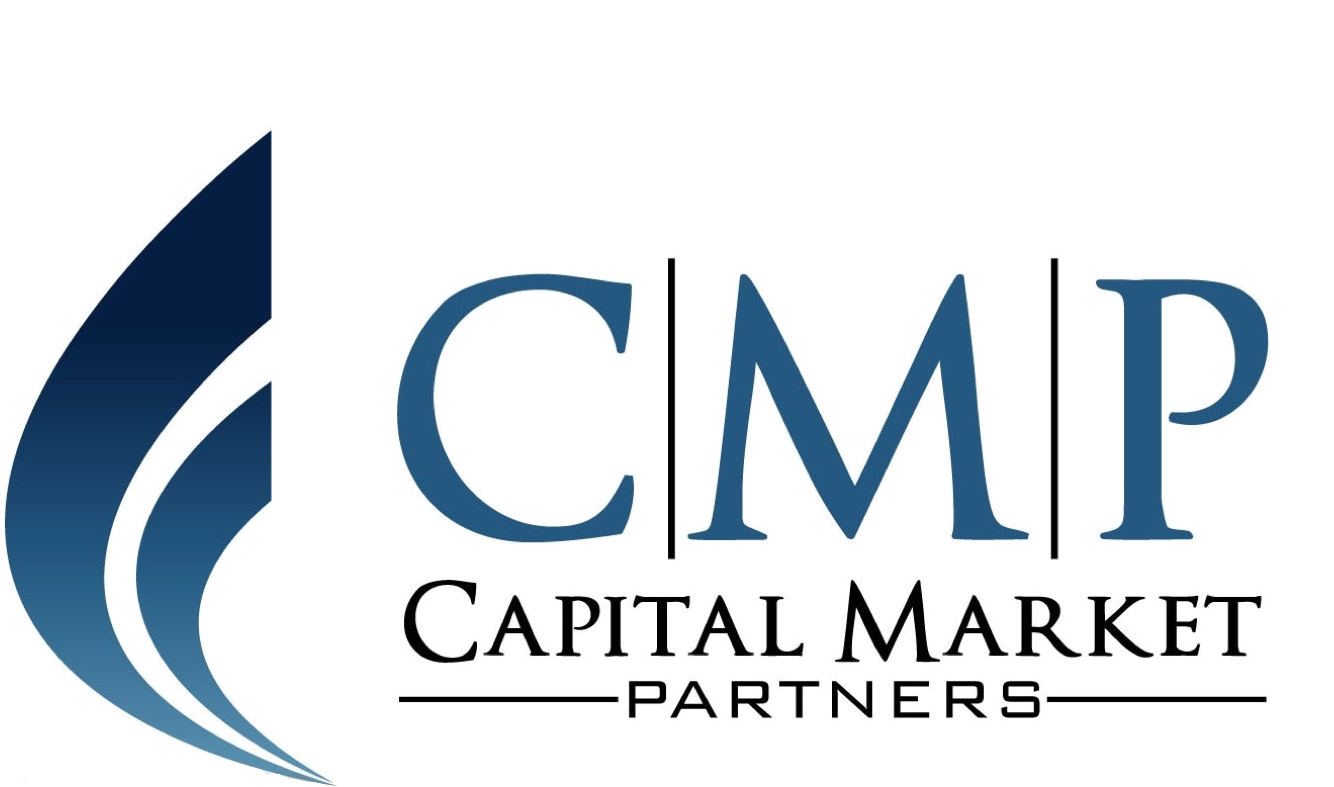Insourcing vs. Outsourcing – How to Get the Right Match
There is a movement within the financial industry regarding sourcing. Some companies choose to outsource, while others decide to pull back similar tasks previously outsourced. But, why do we experience these different moves? Which factors determine whether something should be outsourced or taken back into the organization? The right match of whether to in- or outsource can be very different from one organization to another. But the reasoning behind, why to in- or outsource, should always depend on company specific objectives.
By Peter Jørn Jensen, Senior Manager I September 12th, 2018
The Question of Economy and Competencies
The most common reason for outsourcing is economy – i.e. it is cheaper for the company to outsource rather than to produce itself. This way the organization can move from fixed to variable cost.
Next up is access to competencies. This is when the organization pay for access to specific resources in areas that require special skills, it cannot maintain itself.
Pulling Back the Tasks
But then, what is the rationale behind pulling back the tasks?
Strangely, it can be the same factors that made the organization outsource the tasks in the first place – economy and competencies.
Certain services may have become too expensive and can now be produced cheaper in-house.
A build-up of new competencies in the company, start to overlap competencies on the outsourced activity, making it prudent to pull them back. Thereby build up scalability in-house.
In addition, there may be a change in the desire for being in control of your own activities – something you renounce when outsourcing – but often not part of the considerations.
SEE ALSO: When simple data collection develops into a business-critical issue
No “One Size Fits All”
It is important to emphasize, that there is no “right“ or “wrong” way to go around it.
The reasons for going either one way or another, should depend on company specific objectives – and thereby be close to unique for each individual company. Therefore, it is important to remember what seems to be a perfect match for one company – can be a total misfit for another.
The Analysis Will Make the Difference
It is important to make a thorough analysis of the consequences of the change covering organization, economy, levels of control, up-stream and down-stream processes, flexibility, time to market, contingency, reporting etc.

Getting to the right decision, it is crucial to define quality targets or service levels for each of the above-mentioned areas as check marks towards an outsourcing partner or inwards to the in-house organization.
Later this should be used to monitor and assess the change, when going forward and to secure a successful transition one way or the other.

Peter Jørn Jensen, Senior Manager
Peter has been in the financial sector for more than 30 years. He started his career in Andelsbanken in 1985 and has since 1988 worked in the capital markets area. Peter spent over 20 years in management positions at nearly all levels. Peter has primarily dealt with the Operations area in securities, foreign exchange, derivatives and custody where process optimization and efficiency has always been a focus area.
You can read Peters previous posts on business-critical issues and process overview on the CMP blog.
Read more about Peter and our other consultants here.



